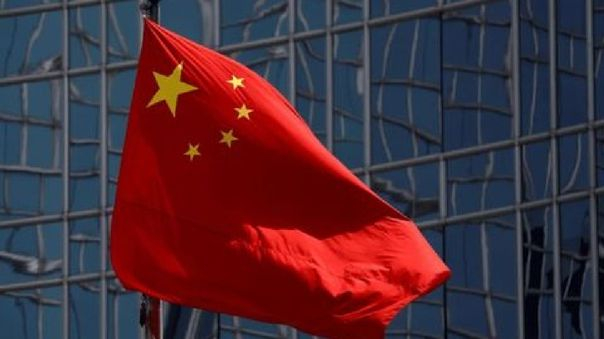
The consumer price index (CPI), the main indicator of inflation in China, was “frozen” for the second time this year after slowing to 0% year-on-year in September, according to data published today by the National Bureau of Statistics (ONE). ).
The September rate was 0.1 points below that of the previous month, when it recorded an increase of precisely 0.1% year-on-year. The data was below what was expected by analysts, among whom the most widespread forecast was for an increase of 0.2% compared to the prices of a year ago.
ONE statistician Dong Lijuan attributed this evolution to a “high comparative base” in last year’s figures, and highlighted that the CPI did increase by 0.2% in the month-on-month comparison, although that figure was also down 0.1 points. below that of August and that expected by analysts.
The institution highlighted the year-on-year drop in food prices, especially pork (-22%) and fresh vegetables (-6.4%).
In any case, the British consulting firm Capital Economics points out that underlying inflation – an indicator that excludes the volatility of food or energy prices – was at its highest levels in the last six months and that the prices of services also reached their peak. highest in 19 months.
“We expect concerns about deflation to ease over the coming months as the partial economic recovery gains traction,” said Julian Evans-Pritchard and Zichun Huang, analysts at the aforementioned firm.
China: industrial prices fell in September
The ONE also made public today the producer price index (IPP), which measures industrial prices and which recorded a year-on-year drop of 2.5% in September, marking the twelfth consecutive month of declines but showing an upward trajectory since its apparent bottom, which would have marked in June (-5.4%).
Although the figure for the ninth month of the year was 0.5 points higher than that of August, it was slightly below the forecasts, which placed the year-on-year fall in the PPI at 2.4%.
Evans-Pritchard and Huang emphasize that this indicator increased by 0.4% year-on-year in September, its highest level in a year and a half, and highlight the increase in energy and metal prices, reflecting “at least partially” the strong demand that China has recently experienced in terms of raw materials.
The data is also below what was expected by analysts, among whom the most widespread forecast was for an increase of 0.2% compared to prices from a year ago.
Source: Larepublica
Alia is a professional author and journalist, working at 247 news agency. She writes on various topics from economy news to general interest pieces, providing readers with relevant and informative content. With years of experience, she brings a unique perspective and in-depth analysis to her work.











